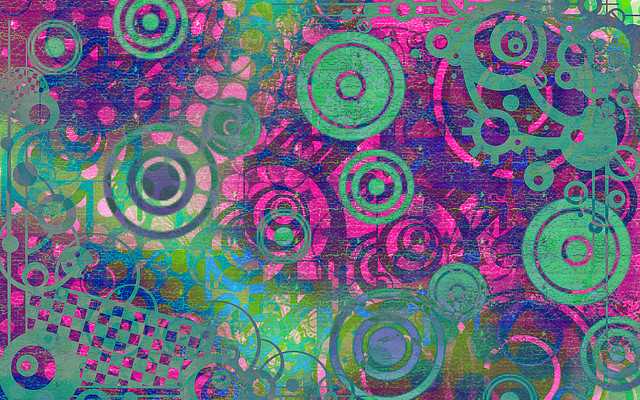
Pop art, a visual art movement, emerged in the United States and Britain in 1950’s. It is unknown how the term pop art got its name. However, it is often credited to Lawrence Alloway, who was British art critic. He wrote an essay titled The Arts and the Mass Media, but Alloway used the words popular mass culture instead of pop art. He was one of the leading critics to defend this visual art movement as a legitimate art form.
Pop art was one of the biggest art movements in the 20th century and is characterized by techniques and themes drawn from popular mass culture, such as advertising and comic books, movies and television. It is widely interpreted as either a reaction or reversal to Abstract Expressionism or an expansion upon it. As opposed to elitist culture in art, pop art aimed to employ images of popular culture, usually emphasizing kitsch and thus targeted a broad audience.
It was easy to recognize, easy to understand, because it was accessible and iconic to the mass public. Pop art is often considered to be very unconventional and academic, but at the same time it was always easy to interpret. Many people agree that Minimalism and Pop Art are the last modern art movements and are on the cusp of postmodern art. It was marked by sharp paintwork, clear lines and clear representations of objects, symbols and people usually found in popular culture.
The movement allowed for huge scale artworks, such as Abstract Expressionism, but drew upon more Dadaist elements. However, pop art replaced the anarchic, satirical, and destructive elements of the Dada movement with a reverence for consumerism and mass culture. Pop artists liked to satirize objects, too. They enlarged those objects to huge proportions. Household objects, such as toilets and chairs, were a common theme, but so was food. For example, toilets were made of squishy plastic rather than of the materials you would normally expect.
See Soft Toilet of Claes Oldenburg. During the 1950’s, more and more products were mass advertised and marketed because of optimism and a consumer boom. British artists, such as the Independent Group and Richard Hamilton, were influenced by American artists, such as Robert Rauschenberg and Jasper Johns, and they aimed to create art which drew upon symbols and images found in the media. In 1955, Hamilton helped organize exhibition called the “Man, Machine, and Motion.”
However, some historians consider “This is Tomorrow” (1956) to be the first example of Pop Art. Pop Art coincided with the pop music and youth phenomenon of the 1950’s and ‘60’s, often appearing on record covers, and in advertisements for musical bands, becoming very fashionable. Later Pop Art came in many waves, but all its adherents shared interest in the consumer, urban, modern experience. In the middle of 1950’s, artists in the United States began to create a bridge to Pop.
Influenced by Dada as well as its emphasis on everyday objects and appropriation, artists worked with consumer products, collage, and a healthy dose of irony. Robert Rauschenberg employed silk-screen printings and found objects, Jasper Johns reimagined iconic imagery such as the American flag, and Larry Rivers used images of mass-produced goods. They are considered as American forerunners of Pop. However, it wasn’t until the 1960’s that Pop Art truly exploded onto the American art scene.
It all started in 1962, with “The New Relists” show at Sidney Janis Gallery in New York. George Segal, James Rosenquist, Claes Oldenburg, Robert Indiana, Jim Dine, and Warhol were the Americans in that show. Revolutionary Factory of Warhol redefined the art of an ear, casting new light on ides about fame, mass production, and the artist’s public persona. Warhol’s prints of celebrities are some of the most recognizable artworks of the 20th century, ranging from Elvis Presley to Marilyn Monroe.
During that period, Lichtenstein began to use Ben-Day imagery and dots from comic books in order to create alternately histrionic and saccharine panels. Rosenquist took his background as a billboard painter to imagine surrealistic, glamorous mash-ups of smiling faces, advertisements, or candy-colored cars, while Oldenburg dealt in everyday objects, showcasing sculptures of comfort foods and blowing up hamburgers to abnormal size.
This movement represented a rejection of Abstraction Expressionism in favor of a complete embrace of the ironic whimsy, popular culture, and consumerism which had begun to define postwar America. Even today, Pop Art continues to thrive. Yoshitomo Nara and Takashi Murakami, Japanese artists, serve as key examples of the contemporary Pop artist.



